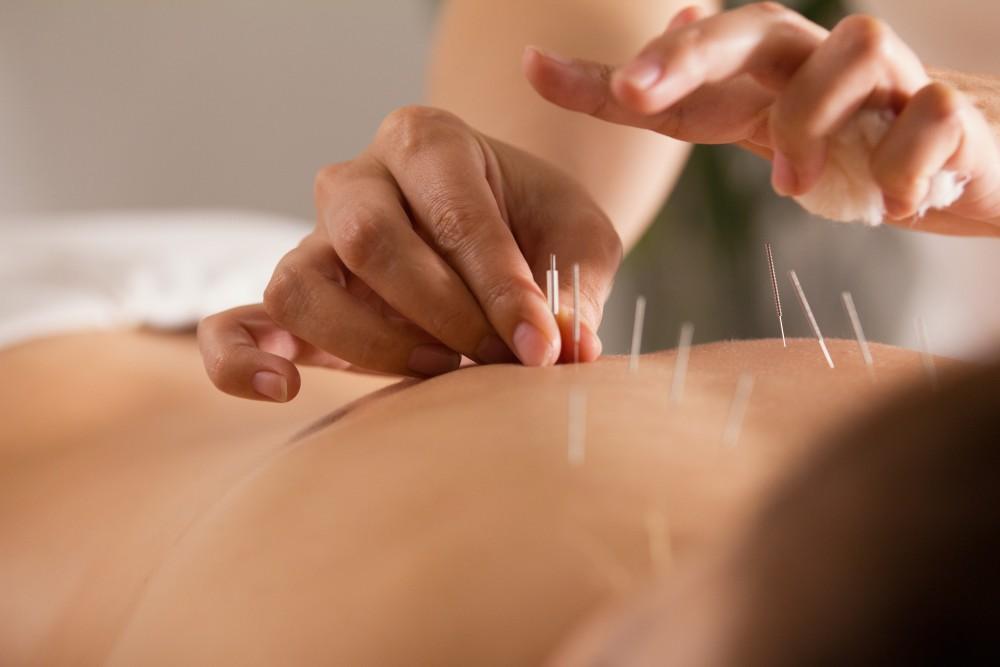
How Smart Diet Choices Can Aid Your Physical Therapy Sessions

After musculoskeletal or soft tissue injuries, the team at Herald Square Chiropractic and Sport may recommend physical therapy (PT) as part of your recovery plan. While PT is an important part of healing from an injury, it also plays a role in future injury prevention and can help improve your body mechanics.
At first glance, you might not connect the foods you eat with the success of your physical therapy efforts. But like many elements of health and wellness, nutrition is a cornerstone of your body’s performance. Smart dietary choices can aid your physical therapy sessions with a therapist and at home as you continue your PT exercise plan. Here’s the background on how healthy eating supports your recovery.
Diet and vascular changes
When you experience a musculoskeletal injury, you’re often forced to rest and avoid specific tasks, impairing blood flow. When you start a physical therapy program, your muscles exert an increased demand for blood and the nutrients it carries.
What you eat can affect the way blood flows to your muscles. Something as simple as 16 ounces of orange juice can dilate blood vessels, permitting more effortless blood flow and supporting your PT exercise. Similarly, beet juice and green vegetables provide dietary nitrates that help blood flow to the brain.
Blood circulation and low-fat diet
Eating even one high-fat meal can measurably increase vascular resistance in your arms and legs, increasing your blood pressure. Incorporating lean proteins and low-fat food preparation methods slows or stops the atherosclerotic process that leads to artery damage. In short, low-fat and low-cholesterol diets promote better health and increased fitness.
Insulin resistance
Your body typically draws energy from glucose in the blood during aerobic (oxygen-burning) exercise. Anaerobic (high-intensity exercise) workouts use glycogens stored in muscle tissue.
When your body experiences insulin resistance, a contributing cause of type 2 diabetes, glycogen levels may fall, leading to easy fatigue during PT routines.
Insulin resistance is linked with high-fat diets and can cause blood glucose levels to spike even more than with high-carbohydrate diets. While any exercise can improve insulin sensitivity, high levels of fatty acids in the blood counteracts this effect. Switching to a low-fat, ultra-lean diet while undergoing PT can improve how your body uses insulin.
Antioxidants
The oxidation properties of a high-fat diet attack the endothelial cells in blood vessels. Eating foods rich in antioxidants, like fresh fruits and vegetables, neutralize the oxidizing process. Boosting your intake of fruits and veggies while you’re using PT to recover from an injury can help you to heal faster and may become a habit you want to keep.
Contact Herald Square Chiropractic and Sport when you experience a musculoskeletal injury. We’ll provide you with a well-rounded recovery plan. Book your visit by phone or online today.
You Might Also Enjoy...


Why Is the Gonstead System Considered the "Gold Standard"?

Why Is Ergonomics Important?

5 Ways to Relieve Your Chronic Joint Pain

What to Do if You're Concerned About Physical Therapy Pain


